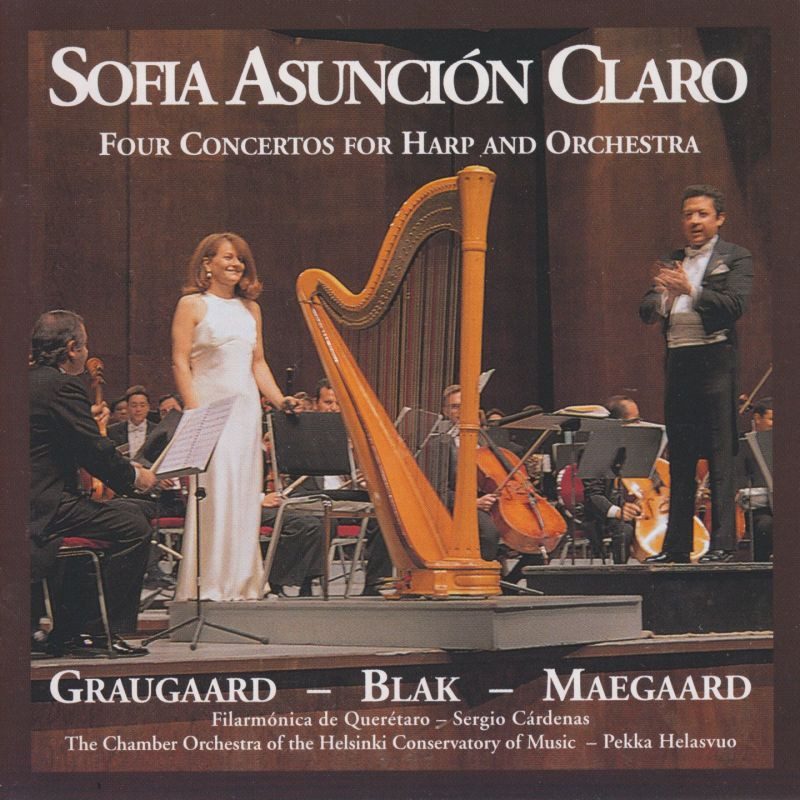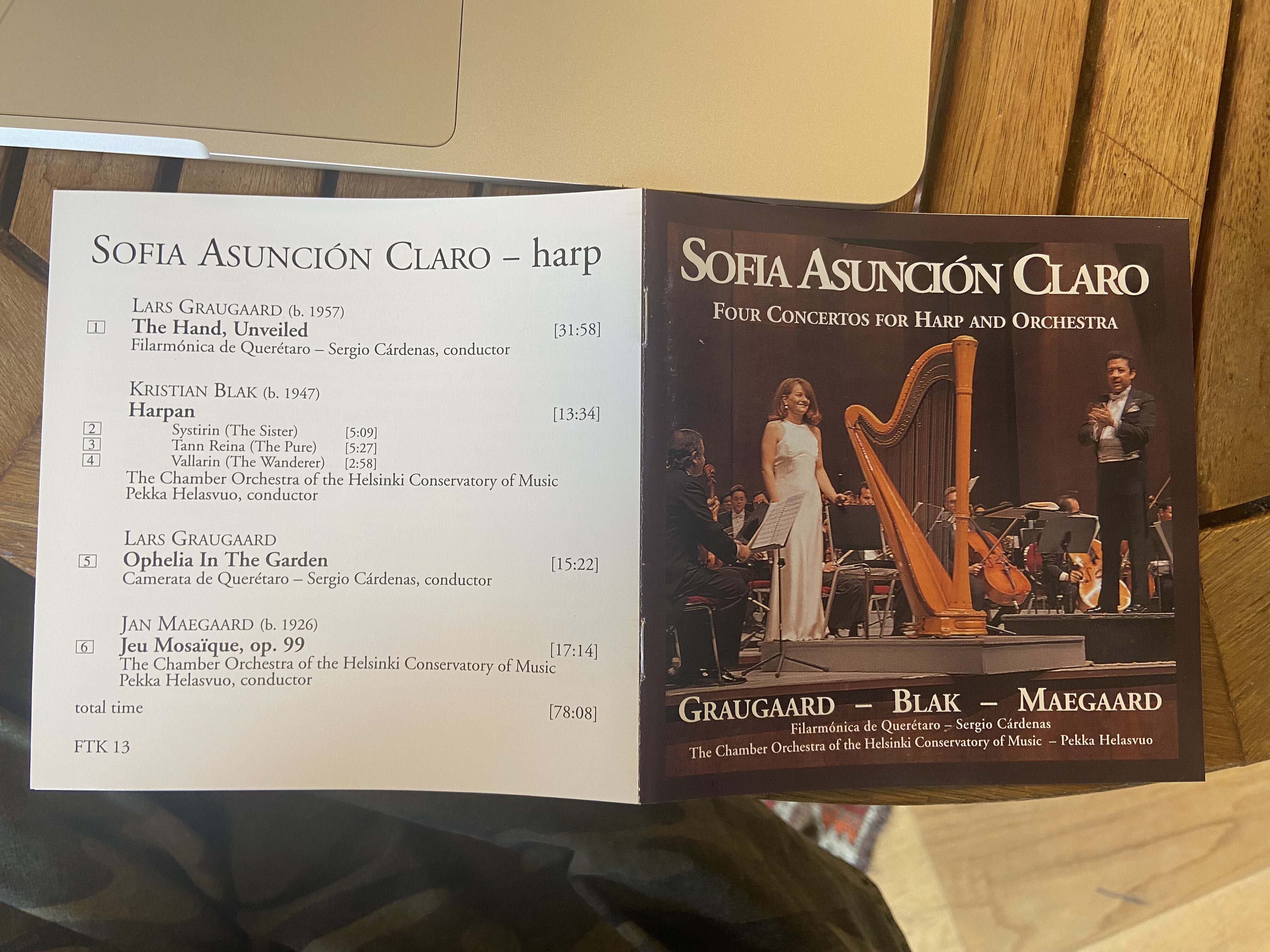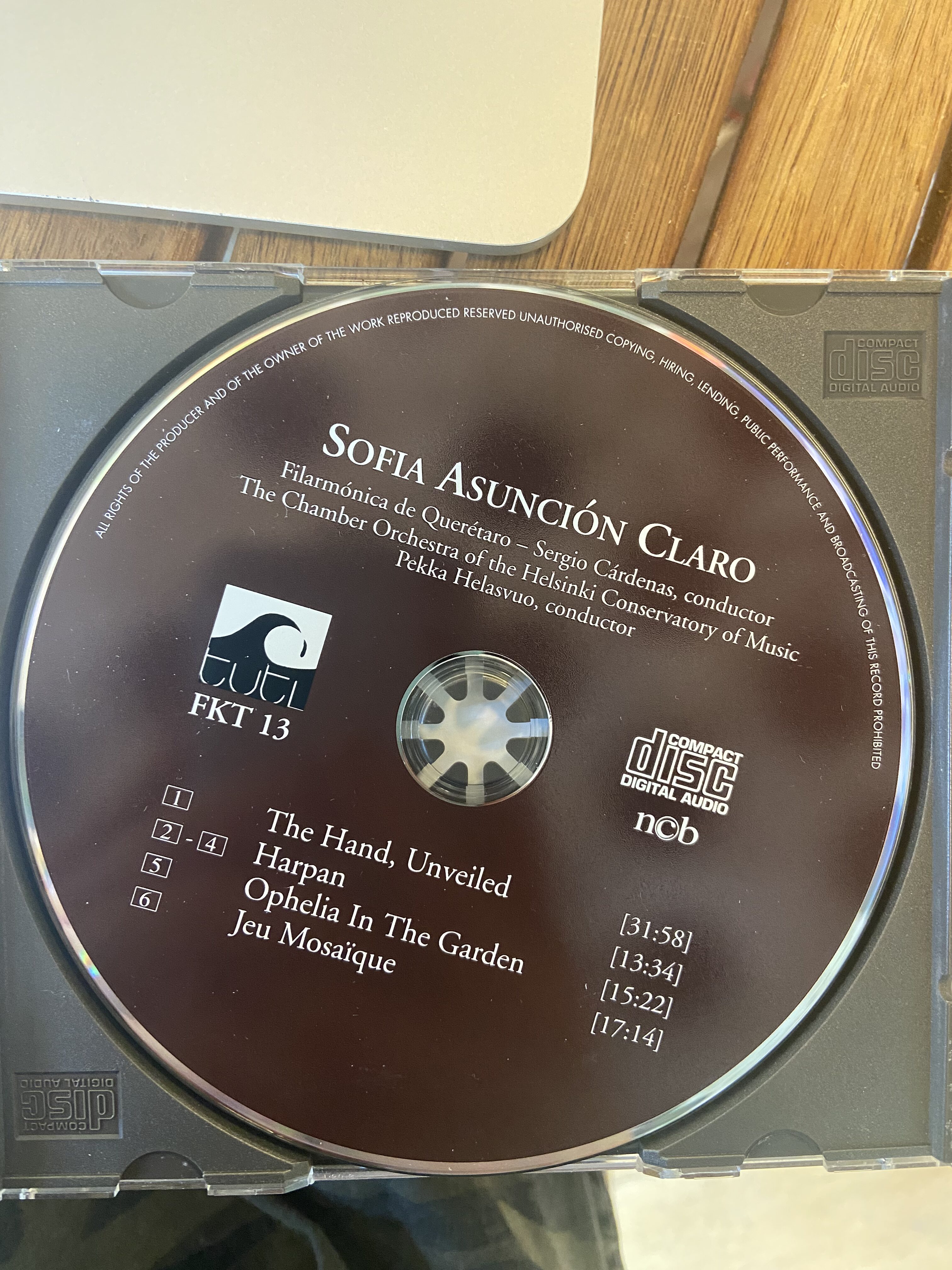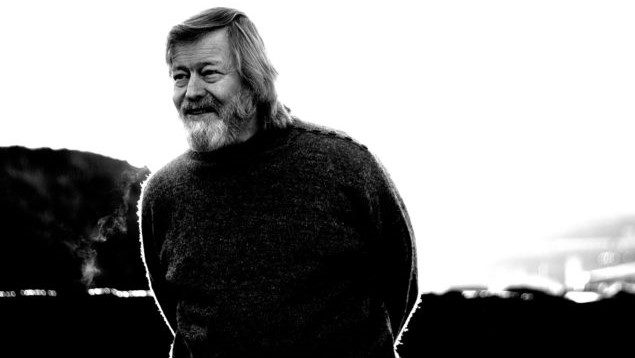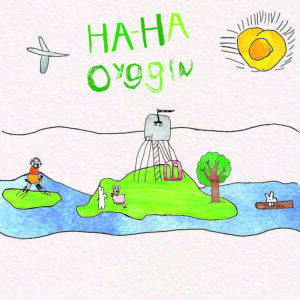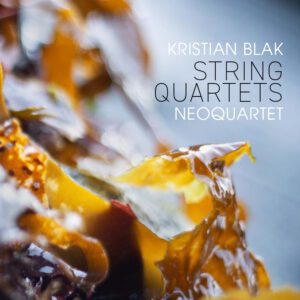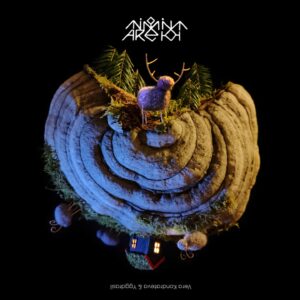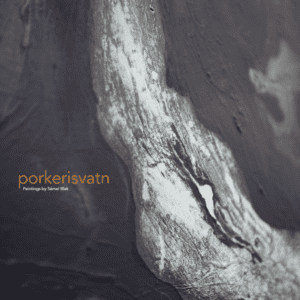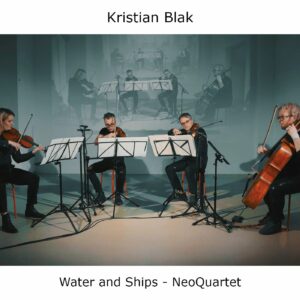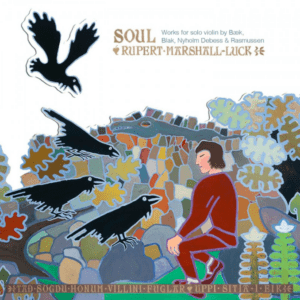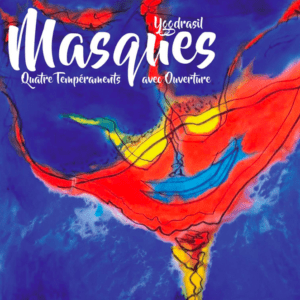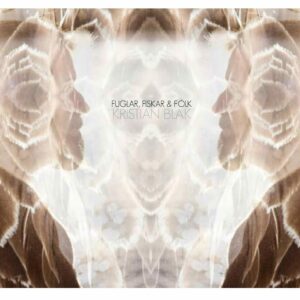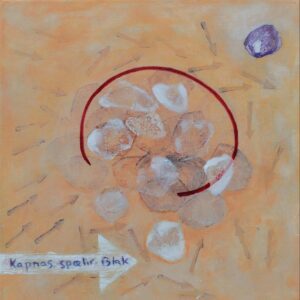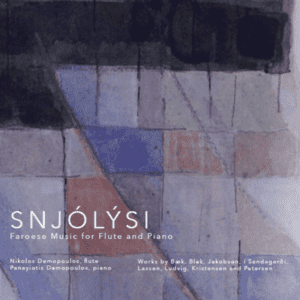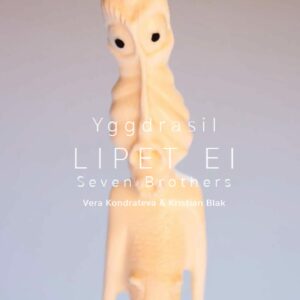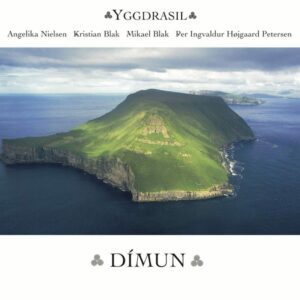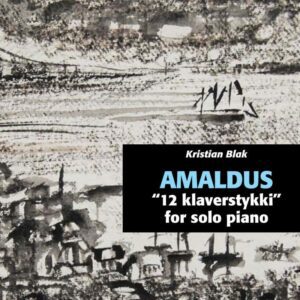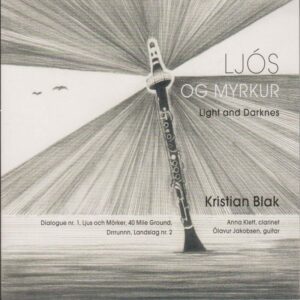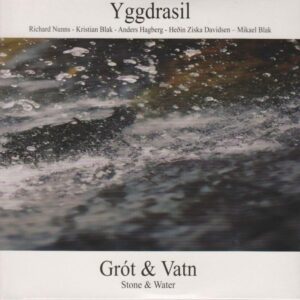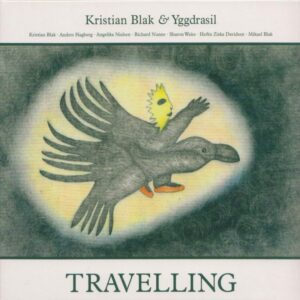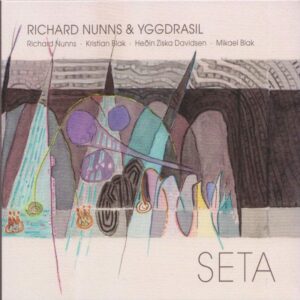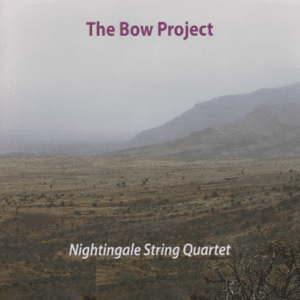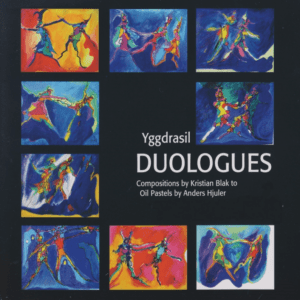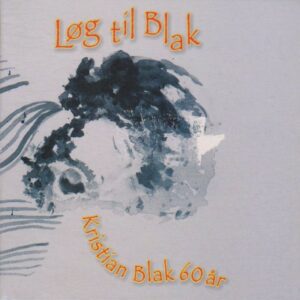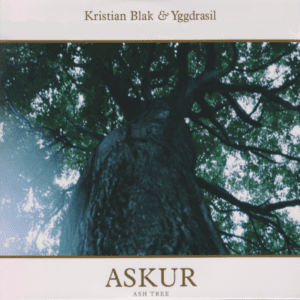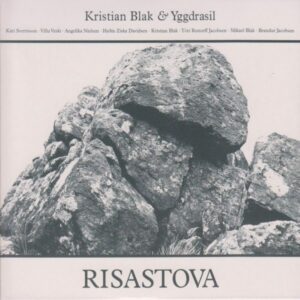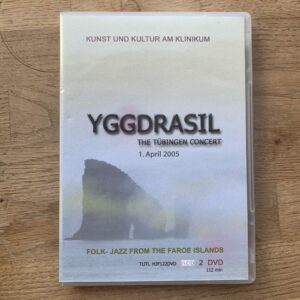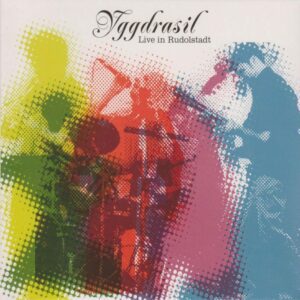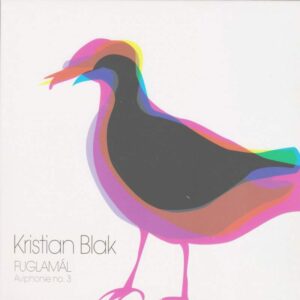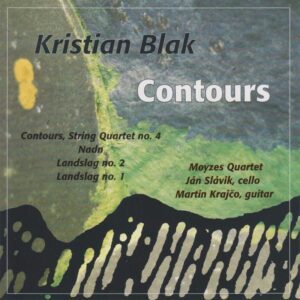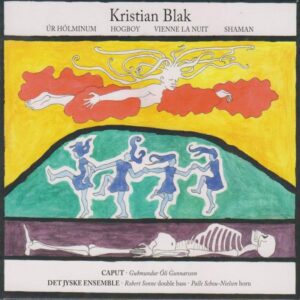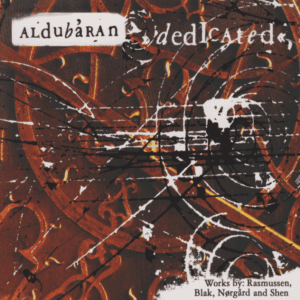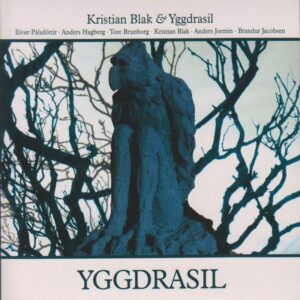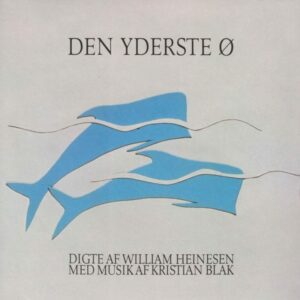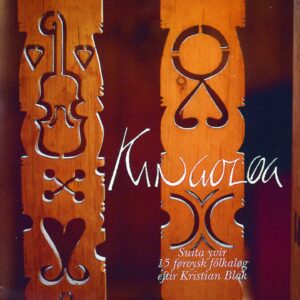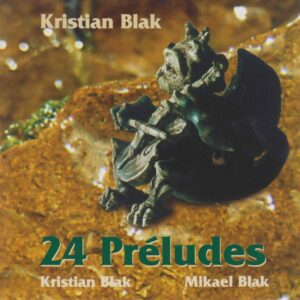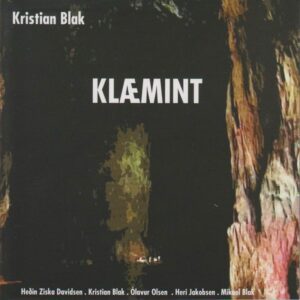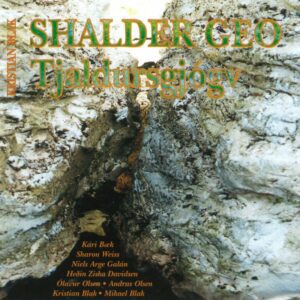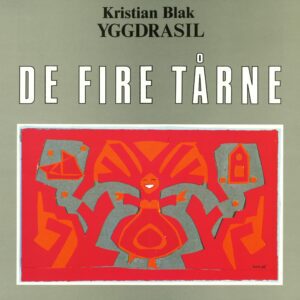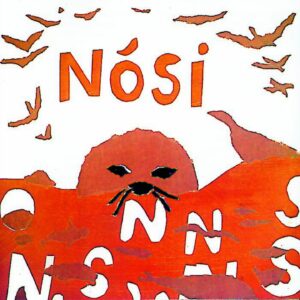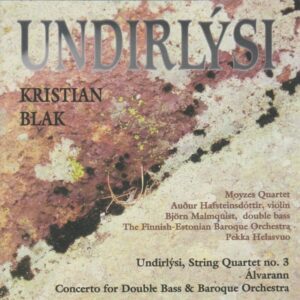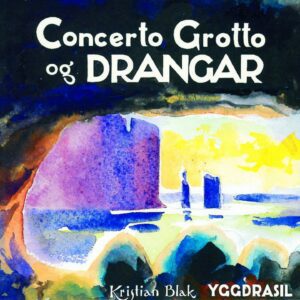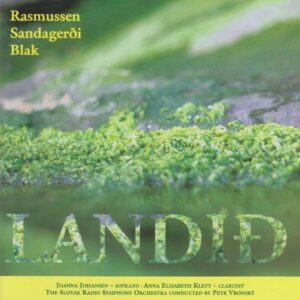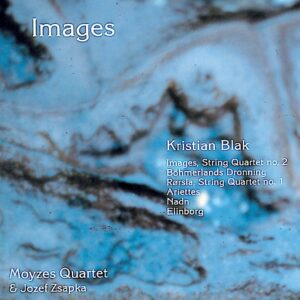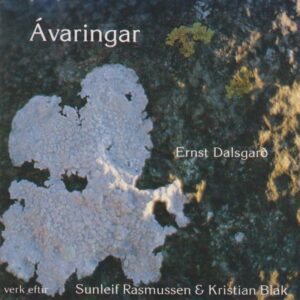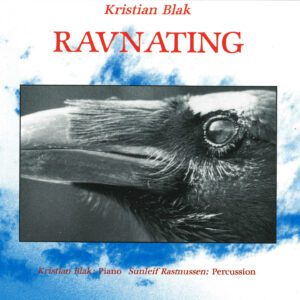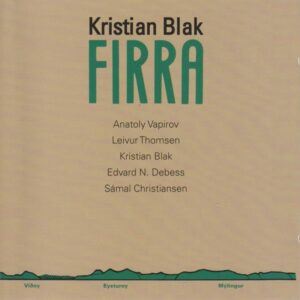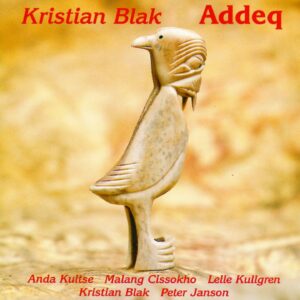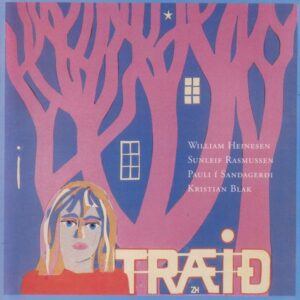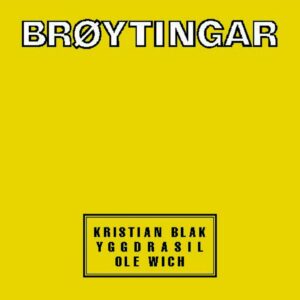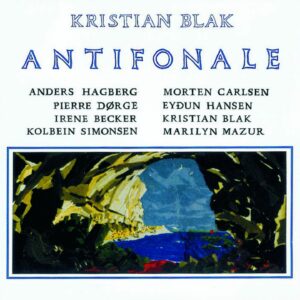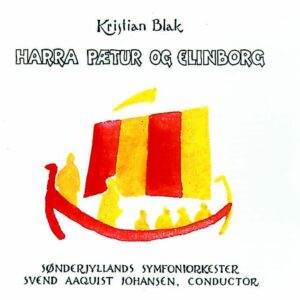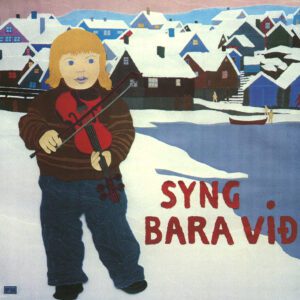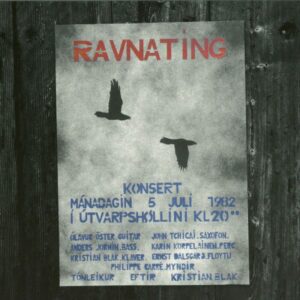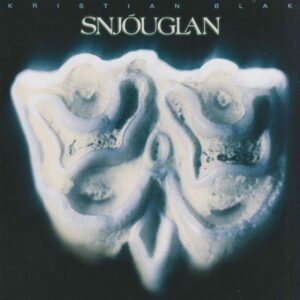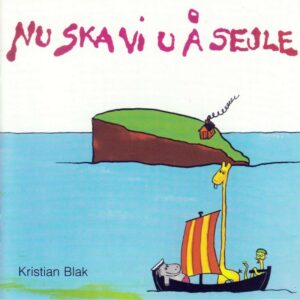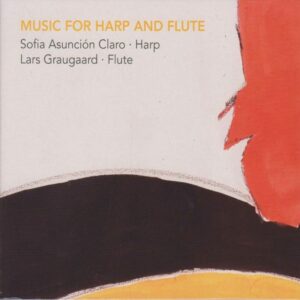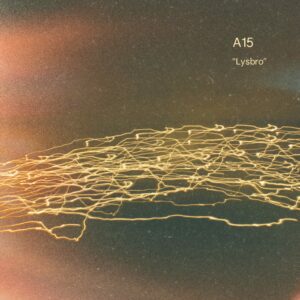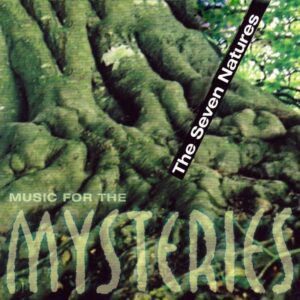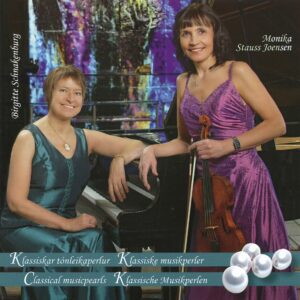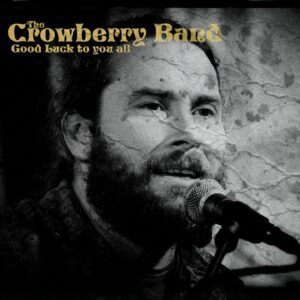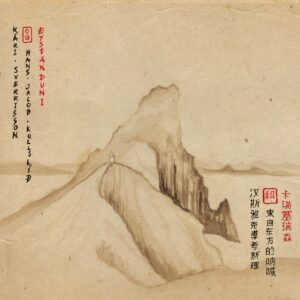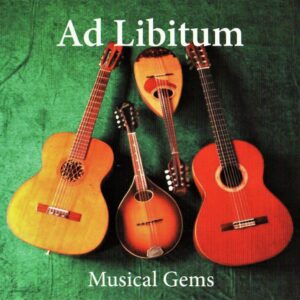Description
Four concertos for harp and orchestra
SOFIA ASUNCIÓN CLARO began her studies at Conservatorio Nacional de Música de la Universidad de Chile in Santiago. She continued her studies at the Hochschule für Musik in München, and at the Conservatoire National Supérieur de Musique in Paris. When she moved to Denmark she studied for two years at the Royal Academy of Music, making her official Debut in Copenhagen in 1979. Ms. Claro has given concerts in Europe and North and South America, and she has furthermore taught extensively and held masterclasses. She has been very active in enlarging the repertoire for the harp, commissioning and giving first performance to more than 40 pieces, both in traditional combinations of harp concertos with orchestra and in chamber music and solo pieces for harp, as well as in the new directions made possible with the present-day use of electronics and computers on stage.
Sofia Asunción Claro continuously seeks to expand the repertoire of her instrument through commissions and performances.
The present CD gives testimony to her work, presenting four concertos for harp and orchestra, all commissioned by and dedicated to Ms. Claro, who gave them their world premiere. Ms. Claro has made recordings for the Swedish, Finnish, and Norwegian National Radio and the Danish Radio and Television, and has released CDs for Point, Fønix, CBS, Classico, Centaur and dacapo/Marco Polo.
Tracklist:
1. The Hand, Unveiled
2. Harpan I: Systirin (The Sister)
3. Harpan II: Tann Reina (The Pure)
4. Harpan III: Vallarin (The Wanderer)
5. Ophelia in the Garden
6. Jeu Mosaïque, op. 99
Released on the following formats:
CD and digitally on all major platforms (Spotify, Apple Music, etc.).
You can check it out by using this link: https://bfan.link/sofia-asuncion-claro
THE HAND, UNVEILED
brief statement by the orchestra opens with before the harp takes over, accompanied by the strings. This dialogue explores various gestures, often returning to a brief, enigmatic embellishment in the lower range of the harp. Wind instruments join in, and shimmering textures in continued gliding motion set off in correlated directions.
Again the soloist gains control of the flow of the music, and little by little the listener is lead into the somber world of the lowest strings of the harp. The unusual accompaniment of horns in their lowermost register gradually brings the music to a halt, making way for the first cadenza. And then, as if emphasizing a plurality of opposites, modal rhythms combine in timberical structures of distant, yet strangely familiar cultures. The harp combines with percussion and plucked strings in a constantly evolving soundspace, propelling the soloist into yet another cadenza. The sheer length of the concerto demands this second cadenza, but the conclusion that it brings to the soloist’s almost uninterrupted playing leads into final crescendo by the orchestra, bringing the piece to a spectacular close. The Hand, Unveiled was composed 1986/87, and underwent a thorough revision in 1996.
HARPAN (THE HARP)
is based on the Faroese dance ballad ‘Harparíma’ in dramatic as well as in musical content. This folk ballad tells the gruesome story about the young girl when mad with jealousy, kills her innocent sister and throws her body into the water. Later a wanderer finds her dead body and takes it ashore transforming it into a harp, using her bones as the frame and her long hair for strings. The cruel sister now marries her beloved one. At their wedding however, the wanderer enters offering to entertain the newly weds. He plays the harp, which with its magical powers kills the bride – she bursts, the ballad tells.
The concerto has three movements, each of them expressing three states of mind or personalities. The first movement is the madness leading to the murder, the second the innocence, pureness or naïvete of the victim. The third is the chaos created by the powerful strings of the harp – like three pictures, still life, from the legend. Harpan was premiered at the Summartónar festival, Faroe Islands 1996.
OPHELIA IN THE GARDEN was composed 1989. The combination of harp and strings makes for a very harp in a context that gives ample rich and varied texture, putting the room to the instrument’s rich palette. The dramatic intensity of Ophelia wandering about in the garden of the castle of Kronborg is strongly felt in the piece. We sense how her mind gradually becomes entangled in thoughts it cannot reconcile, as she tries to come to terms with the fact that the man she loves – Hamlet, Prince of Denmark – has turned away from her. Slowly her personality disintegrates as her mind is absorbed in the thicket of her inner landscape. Her hands try but seem unable to find a rescuing tune, leaving her only with a sarcastic and persistent idée fixe. We leave her as she approaches the castle.
JEU MOSAIQUE was composed in 1995 for harp and reduced symphony orchestra. The concerto has 5 movements: Allegro – Lento – Allegro – Andante – Allegro. There is a short interval between the 1st and 2nd movement; the following movements are then performed continuously. These 5 movements consist of 7 or 8 sections with each movement having its own individuality of lyrical or dramatic character following the classical standard. However this con- certo has been composed in a way, where you will find some sections recapitulating in later movements. In this way you will find two of the sections of the 1st movement in the 3rd movement and another two in the 4th. The first section of the 1st movement can be found again at the end of 2nd movement as well as at the very end of the concerto. Two sections from the 2nd movement appear in 4th and three sections in the 5th movement. Three sections of he 3rd movement are found in the 5th. In this way five of the seven sections of the final movement derive from sections previously heard during the concerto. A total of 36 + 1 sections follow 24 different developmental stages. Each are composed over a 9-tone scale. 12 sections appear in several versions – laid out in a certain pattern. Hence the title Jeu mosaïque’. The concerto was premiered at the Summartónar festival, Faroe Islands 1996.



